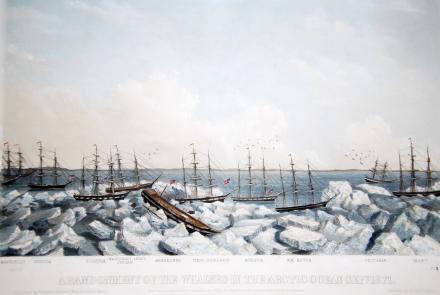Diamond Willow
Red, diamond-shaped depressions in the otherwise creamy white willow wood create the curious, sometimes exotic, patterns exhibited by canes and furniture made from Alaskan diamond willow. Questions sent in by reader J. Norenberg of Fairbanks on the cause of the diamonds, where diamond willow grows and how to work it have led us to pursue knowledge on the subject.
First, there are 33 varieties of willow in Alaska. It is sometimes difficult to tell one kind from another because, when it comes to reproduction, many of the willow varieties are not very discriminating and therefore form hybrids. Nevertheless, it is known that at least five varieties develop diamonds and consequently can be called diamond willow.
The writings of the willow experts contain enough weasel words to demonstrate their lack of confidence that they are certain of the cause of the diamonds. At the center of each diamond is usually found the dead stub of a branch. It is thought that fungi, and in fact a particular one called Valsa sordida Nitschke, attack and kill some branches. Then it is thought that this causes the white sapwood surrounding the dead branch to also die. The sapwood, averaging one-quarter inch thick, represents about 10 years' growth. Beneath it is the red heartwood forming the base of the diamonds. Diamonds may enlarge enough to touch other diamonds; hence intricate configurations can result.
Though the Copper River is the most famous locale of diamond willow, one variety or another can be found over all the forested areas of Alaska from the Kenai Peninsula northward. Attractive diamond willow is found in the valleys of many rivers including the Yukon, Matanuska, Tanana, Susitna and the Koyukuk.
Nor is diamond willow restricted to Alaska. Large willows with diamonds were being used for fence posts in the upper Missouri River valley during the last century, and canes were being made there of smaller diamond willows. Diamond willow was found to be nearly as rot-resistent as red cedar and therefore durable for underground purposes. Because of its slow growth rate, it is a hardwood; some Alaskan diamond willows are 150 years old, and one only two inches in diameter is likely to be 50 years old. If you cut diamond willow remember that it will not grow back quickly.
It appears that the best places to find willows with good diamonds are locations where growth is slow and stands dense. Thus, valley bottoms rather than hillsides probably will yield the best diamonds. The willow can be cut any time of year, but if cut in winter and dried slowly the wood will probably check and crack less.
In principle, all one needs to do is peel and finish the diamond willow to obtain attractive pieces. This can be more work than one would at first think. Many useful hints are contained in a three-page publication called "Working With Diamond Willow" available from the University of Alaska's Cooperative Extension Service. One wishing to learn more about willows can obtain Alaska Trees and Shrubs, authored by Leslie A. Viereck and Elbert L. Little, Jr., and published as Agriculture Handbook No. 410 by the Forest Service, United States Department of Agriculture.





